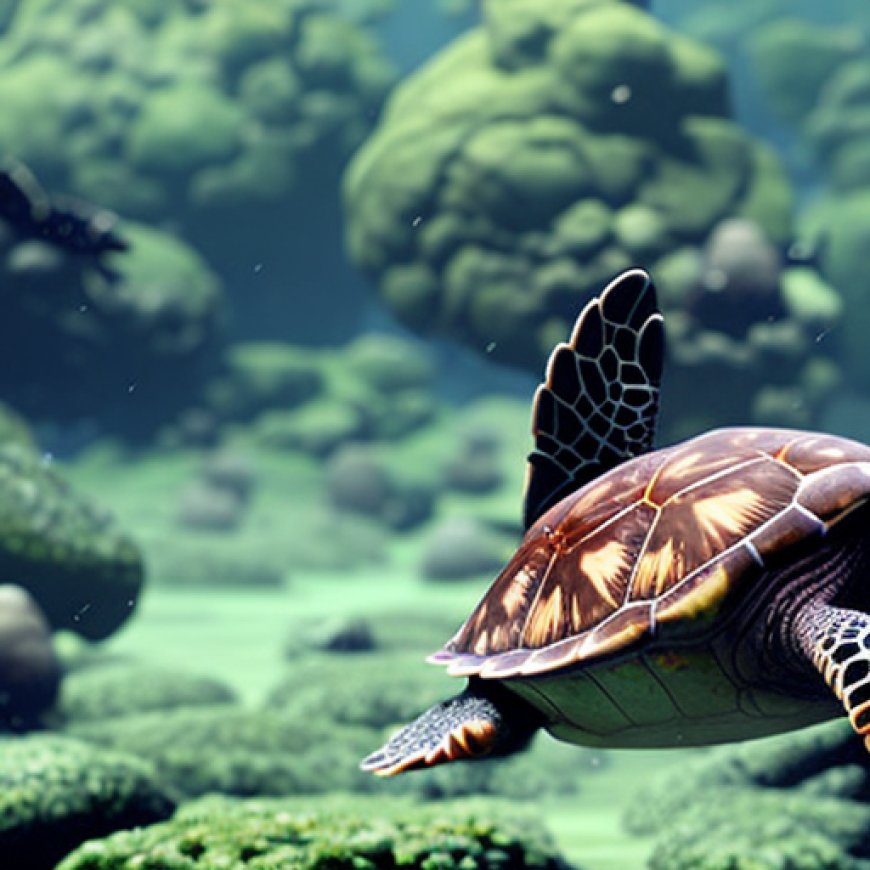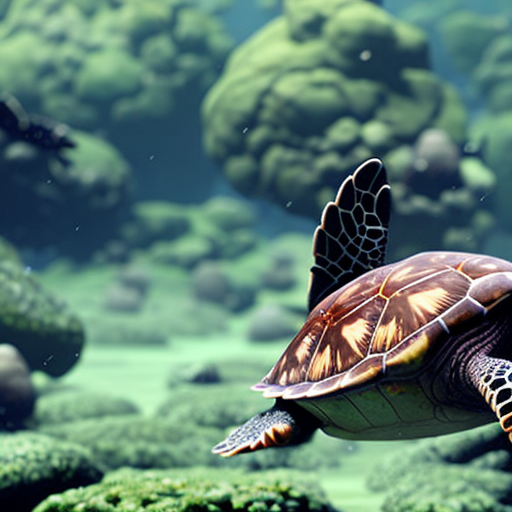Keeping hawksbill turtles alive amid man-made, climate threats | Erwin M. Mascariñas
Keeping hawksbill turtles alive amid man-made, climate threats | Erwin M. Mascariñas BusinessMirror


Sustainable Development Goals and the Plight of Hawksbill Turtles in the Philippines
Introduction
BUTUAN CITY—Every year, hundreds of hawksbill turtle hatchlings dig out of their nest and start their long arduous journey into the ocean. They crawl out of the dark sand beaches of Magsaysay town in Misamis Oriental province in Mindanao, one of several hawksbill nesting sites in the Philippines.
The Role of Hawksbill Turtles in the Marine Ecosystem
Hawksbills play significant roles in the marine ecosystem. They help maintain the health of coral reefs by removing prey, such as sponges, from the reef’s surface, providing better access for reef fish to feed. They also have cultural significance and tourism value, according to the World Wide Fund for Nature.
Hawksbills got their name from their unique beak-like mouth, which resembles that of a hawk and is perfect for finding food sources in hard-to-reach cracks. They are the only species of sea turtle that can survive on a diet mainly of sponges, as stated by the US National Oceanic and Atmospheric Administration (NOAA) Fisheries website.
Hawksbills are estimated to reach maturity between 20 to 35 years, depending on resource availability. However, they can live up to 50 to 60 years.
Unfortunately, hawksbill turtles face threats from illegal wildlife trade, where their colorful shells are collected and carved into combs, jewelry, and other items. Whole turtles are also harvested and sold in this illegal trade. As a result, their population has declined by 80 percent over the past 10 years, and they are classified as Critically Endangered on the International Union for Conservation of Nature Red List.
Challenges in Magsaysay Town
The coastline stretching along the villages of Candiis, San Isidro, and Damayohan in Magsaysay town has been a nesting ground for hawksbill turtles. However, the increase in human population has led to encroachment of settlements and the emergence of small tourism-related beach establishments, which have become obstacles for turtles to lay eggs in their traditional hatching area.
Residents have reported instances where turtles were spooked by dogs or blocked from nesting by man-made structures on the beach. These factors have contributed to a decline in the number of nests discovered in recent years.
Threats from El Niño and Rising Sea Levels
The recent release of hatchlings in the coastal village of Candiis was lower than expected due to the impact of intense heat, possibly caused by El Niño. Some eggs were spoiled or failed to hatch, leading to concerns about the survival of the hatchlings.
In addition to heat, rising sea levels and higher tides pose a threat to hawksbill turtles. High tides can reach the lower part of nests, causing the loss of eggs. Coastal development, climate change, and pollution are major threats to hawksbill turtles, as they lead to the loss of nesting habitat and coral reefs.
The Need for a Hatchery
To protect the eggs and ensure the future of hatchlings, local conservationists emphasize the importance of creating a hatchery. A hatchery would allow for better monitoring and protection from heat and rising water levels. It would also increase the survival rate of eggs and the number of hatchlings released back into the ocean.
Call for More Research and Support
While heat is considered a possible factor in the death of hatchlings, more research is needed to understand the various factors affecting their survival. Climate change and anthropogenic impacts have been identified as high hazards to sea turtle health. Therefore, further research based on local settings is recommended.
Efforts made by local conservationists, such as Rolando Pagara and his volunteers, should be supported to strengthen their advocacy and secure better solutions for saving more marine turtles. With increased support and a hatchery, there is hope for the survival and conservation of hawksbill turtles in the Philippines.
SDGs, Targets, and Indicators
SDGs Addressed:
- SDG 14: Life Below Water – Conserve and sustainably use the oceans, seas, and marine resources for sustainable development
- SDG 15: Life on Land – Protect, restore, and promote sustainable use of terrestrial ecosystems, sustainably manage forests, combat desertification, and halt and reverse land degradation and halt biodiversity loss
Targets Identified:
- Target 14.2: By 2020, sustainably manage and protect marine and coastal ecosystems to avoid significant adverse impacts, including by strengthening their resilience, and take action for their restoration in order to achieve healthy and productive oceans
- Target 15.5: Take urgent and significant action to reduce the degradation of natural habitats, halt the loss of biodiversity, and protect and prevent the extinction of threatened species
Indicators:
- Indicator 14.2.1: Proportion of national exclusive economic zones managed using ecosystem-based approaches
- Indicator 15.5.1: Red List Index
Note: The specific indicators mentioned in the article are not directly related to the targets identified. However, these indicators can be used to measure progress towards the identified targets.
Table: SDGs, Targets, and Indicators
| SDGs | Targets | Indicators |
|---|---|---|
| SDG 14: Life Below Water | Target 14.2: By 2020, sustainably manage and protect marine and coastal ecosystems to avoid significant adverse impacts, including by strengthening their resilience, and take action for their restoration in order to achieve healthy and productive oceans | Indicator 14.2.1: Proportion of national exclusive economic zones managed using ecosystem-based approaches |
| SDG 15: Life on Land | Target 15.5: Take urgent and significant action to reduce the degradation of natural habitats, halt the loss of biodiversity, and protect and prevent the extinction of threatened species | Indicator 15.5.1: Red List Index |
Behold! This splendid article springs forth from the wellspring of knowledge, shaped by a wondrous proprietary AI technology that delved into a vast ocean of data, illuminating the path towards the Sustainable Development Goals. Remember that all rights are reserved by SDG Investors LLC, empowering us to champion progress together.
Source: businessmirror.com.ph

Join us, as fellow seekers of change, on a transformative journey at https://sdgtalks.ai/welcome, where you can become a member and actively contribute to shaping a brighter future.







